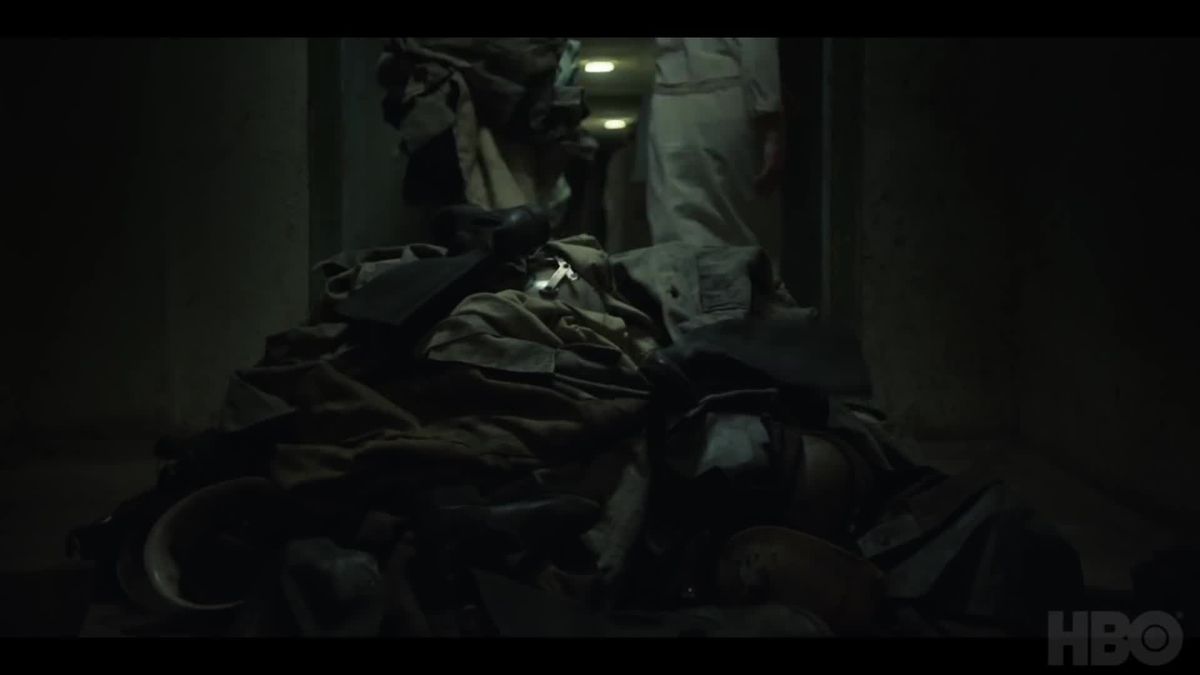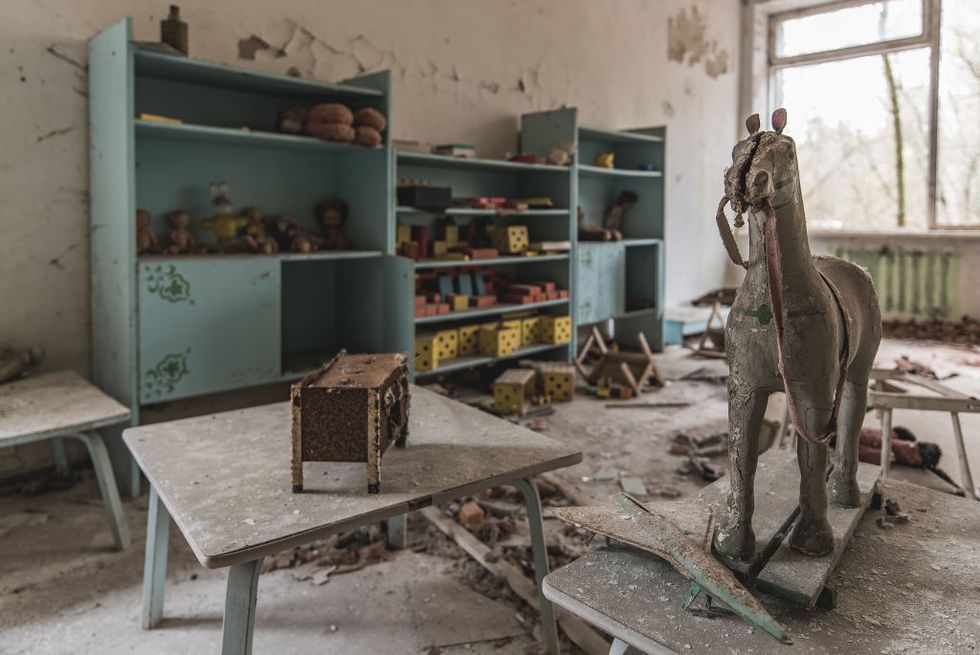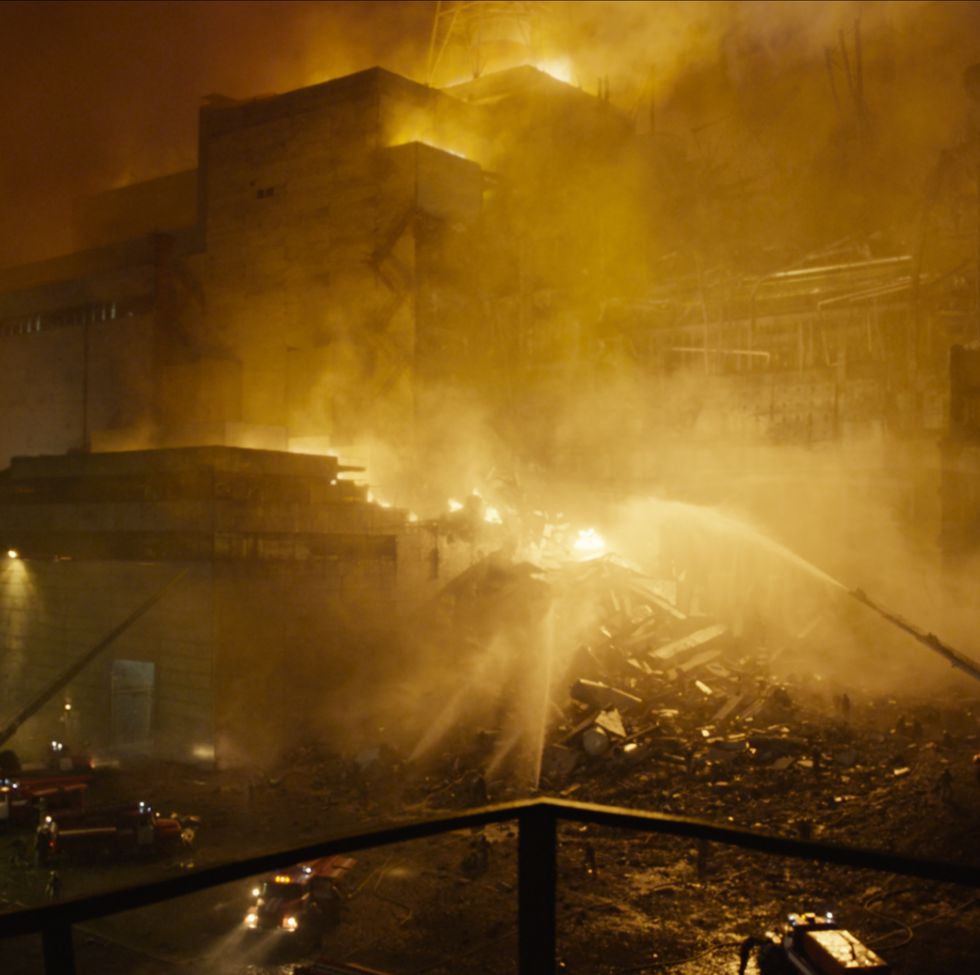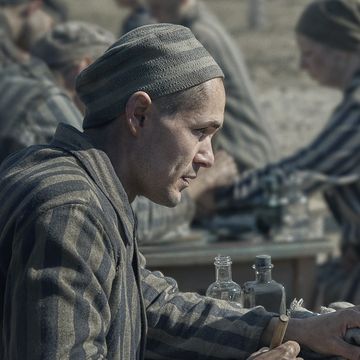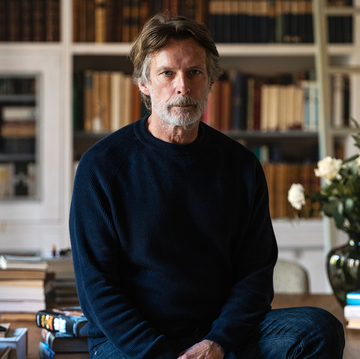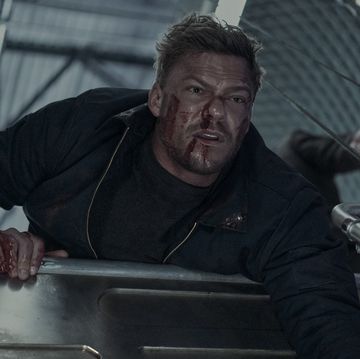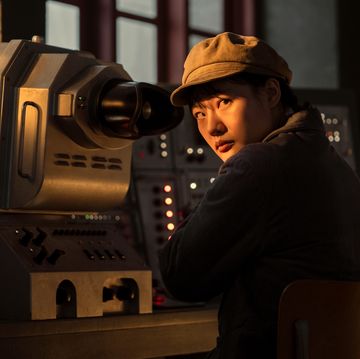It’s been more than 30 years since the Chernobyl disaster, the worst nuclear power plant accident in history. The incident was catastrophic, leaving a swath of Ukraine a radioactive no-go zone. If the ending of HBO's exceptionally well-reviewed five-part miniseries has left you wanting to know more, here's everything you need to know about the true story behind the show.
What was Chernobyl?
The Chernobyl Nuclear Power Plant was built between 1970 and and 1983, and located in the then-Soviet controlled Ukraine, 68 miles north of Kiev. The plant contained four nuclear reactors by the time of the disaster, while the construction of two more reactors was planned. Nuclear power plants do the same job as other power plants—generating energy used to create electrical power—but they do so by harnessing nuclear fission, which occurs when the nuclei of atoms of elements like uranium are split, releasing large amounts of energy.
Among the communities nearest the plant were the city that gave it its name, Chernobyl, home to around 14,000. But there were so many people employed by the plant that a community called Pripyat was founded in 1970 specifically to house the nuclear plant's workers and their families. Home to 50,000 people, Pripyat, like any city, contained schools, factories, movie theatres and hospitals. An amusement park was scheduled to open just days after the disaster.
How did the Chernobyl explosion happen?
On April 26th, 1986, at 1:23am, Chernobyl’s engineers disabled some of the reactor’s safety features while it was still running—as part of a safety test. A combination of human error and design flaws lead to a fire and then an explosion that blew the lid off of reactor Number 4, exposing the nuclear core and releasing into the atmosphere 400 times more radiation than was emitted when American forces dropped the atom bomb on Hiroshima during World War II.
In an attempt to stop the flames and spread of radiation, helicopters dropped sand, radiation-blocking lead and neutron-absorbent boron onto the reactor. Still, it burned for 10 days, spreading radioactive ash and smog.
How many people died?
According to the official Soviet account, the explosion killed two plant workers, while 28 engineers and firefighters died of acute radiation syndrome in the weeks following the disaster.
There were 600 people working on-site during the explosion, and 134 in total were sickened with acute radiation poisoning. The first responders and plant personnel who didn’t survive had agonising deaths, suffering vomiting and diarrhoea, severe, full-body burns, and eventual organ failure.
What happened in the aftermath?
Authorities did not begin to evacuate communities around Chernobyl until the afternoon of April 27th, more than 24 hours after the explosion. As authorities expanded the evacuation zone, more than 300,000 people were placed on buses and evacuated away from the most contaminated areas. The soviets designated a 1,600 square mile no-go zone around the plant known as the Chernobyl Exclusion Zone meant to restrict access to the area to reduce the spread of contamination. Despite the fact that a concrete “sarcophagus” was placed over the destroyed reactor No. 4 to contain the radiation, the other reactors continued to operate, with employees at the site working five-hour days and spending half of each month outside the exclusion zone in order to minimise their exposure to radiation. The plant wasn’t completely shut down until 2000, and a new, steel sarcophagus was placed over the entire site in 2017.
Reports of long-term health effects from Chernobyl vary, but the disaster contaminated an area inhabited by millions. Though experts debate the long-term death toll—the UN put the number at 4,000, while Greenpeace has estimated 93,000—it’s been linked to thousands of cases of thyroid cancer, increased rates of leukaemia among those who worked at the site after the explosion, as well as anxiety and mental health problems among those who lived near the site. In 2010, researchers found dramatically increased rates of birth defects among children born near the exclusion zone, including doubled and tripled rates of problems like microcephaly, spina bifida, and incidents of conjoined twins.
Pripyat and other communities in the exclusion zone have become decaying ghost towns. And despite the fact that experts say that the areas closest to the reactor will be uninhabitable for 3,000 years, some have ignored warnings of radiation and returned to their villages at the outer portions of the exclusion zone. Some areas have been deemed safe enough for at least short visits, including Pripyat, which now sees some 60,000 tourists per year, the BBC reports. The city’s nearly unused amusement park has become an eerie symbol of the disaster.
How much of HBO’s Chernobyl is true?
One thing that definitely isn’t true-to-life about the miniseries are the character’s accents. The English-language show is a co-production with the UK network Sky and features a largely British cast performing in their natural voices instead of affecting Russian or Ukrainian accents.
The series tells the story of scientists, engineers, and first responders involved in the disaster and its aftermath, and adheres closely to the real life events. Most major characters are based on real people, like Jared Harris’s Valery Legasov, the whistleblowing chemist who lead the investigation into the disaster, and Stellan Skarsgaard’s Boris Shcherbina, then the USSR’s Deputy Chairman of the Council of Ministers. However, Emily Watson’s character, principled nuclear expert Ulana Khomyuk, is a composite based on several scientists who responded to the disaster.
